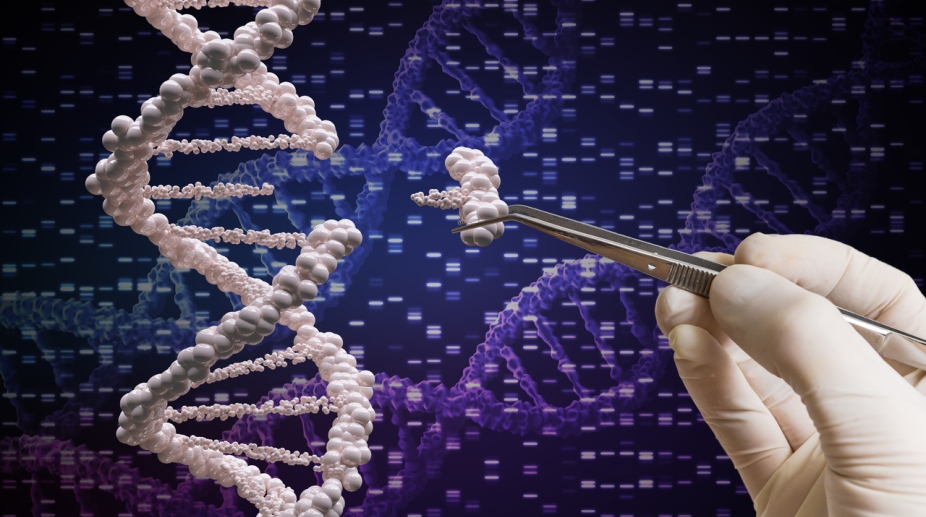DNA data banks will be set up at the national and state level to store profiles, and those who leak the information stored in such facilities will be punished with a jail term of up to three years, according to a draft bill on DNA technology being finalised by the Law Ministry.
The draft bill also states that all DNA data including DNA profiles, DNA samples and records, will only be used for identification of the person and not for “any other purpose”.
Advertisement
The draft bill, based on the one prepared by the Law Commission recently, states that national and regional DNA data banks will be set up for maintaining a national database for identification of victims, accused, suspects, undertrials, missing persons and unidentified human remains.
The Department of Biotechnology was consulted by the law panel to draft the bill. The Law Ministry is now finalising the official draft before it goes to the Union Cabinet for final approval.
It states that those who leak the DNA profile information to people or entities, who are not entitled to have it, will be punished with a jail term of up to three years and a fine of up to Rs one lakh.
Similar punishment is also prescribed for those who seek the information on DNA profiles illegally.
The government had recently informed the Supreme Court that a bill for DNA profiling to enable maintenance of records of unidentified and unclaimed dead bodies or missing persons, is likely to be brought in the upcoming session of Parliament.
A bench comprising Chief Justice Dipak Misra and justices AM Khanwilkar and DY Chandrachud considered the statement made by Additional Solicitor General Pinky Anand, appearing for the Centre, saying the government should take steps as expeditiously as possible.
The court was hearing a PIL filed by the NGO stating that India did not have a national DNA database to address the issue of thousands of unclaimed dead bodies that are reported annually.
It had suggested maintaining of DNA profiles of the bodies before their disposal which could help in their identification by the family members.











